Over View
The instrument for quantitative cell biology at single-molecule detection.
Stimulated Emission Depletion (STED) is a powerful microscopy technique that allows for the observation of fluorescence structure with spatial resolution below the diffraction limit. The Alba-STED uses the pulsed excitation and pulsed depletion approach (pSTED) in combination with the digital frequency domain fluorescence lifetime imaging (FastFLIM) to record the time-resolved photons which allows for an increase in the image resolution and the separation of two labels with the same excitation wavelength.
| Instrument Features |
|
| Acquisition and Analysis Software |
|
| STED laser | Pulsed, 775 nmAverage output power: 1 W Pulsewidth: about 600 ps Repetition rate: 0-100 MHz; or Ext. CLK Beam quality: M2 < 1.1, TEM00 Amplitude noise: < 4.0% rms |
| Excitation laser | Pulsed, 640 nmPulsewidth (at medium power): 40-90 ps Repetition rate: 20, 50, 80 MHz; or Ext. CLK Power (at 50 MHz): up to 5 mW |
| Laser Launcher |
|
| FastFLIM |
|
| Microscope |
|
| Objectives |
|
| Stages |
|
| Sample Holders |
|
| Light Detectors |
|
| Image acquisition | FLIM acquisition: 0.2 µs dwell time |
| OS Requirements |
|
| Power Requirements |
|
| Dimensions |
|
| Weight |
|
| FFS Measurements |
|
| Single-point Module Measurements |
|
| Imaging Module Measurements (Single plan and z-stack) |
|
| FLIM images (digital frequency-domain) (single plane and z-stack) |
|
| FLIM images time-domain (single plane and z-stack) |
|
| Superresolution |
|
| Single Molecule Module |
|
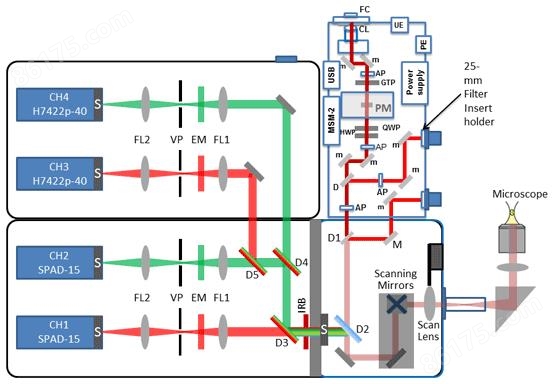
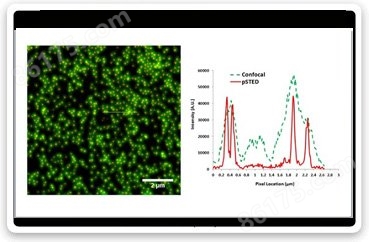
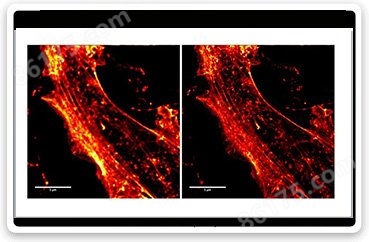
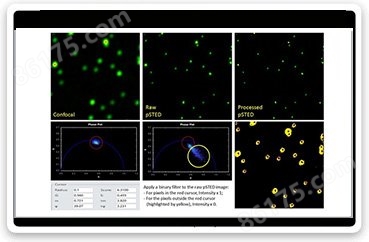
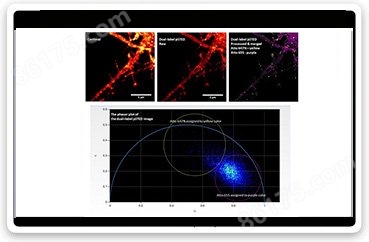
 enlarge
enlarge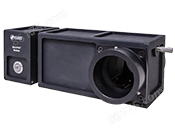 enlarge
enlarge enlarge
enlarge The XYZ stage provides high resolution, highly repeatable, and fast controls for the X, Y, and Z position of the microscope stage; it utilizes crossed-roller slides, a high-precision lead screw, and zero-backlash miniature geared DC servomotors for smooth and accurate motion. Controlled through the USB port, it is the ideal stage when measuring samples in a microwell plate.
VistaVision includes protocols for the automatic measurement at single points (FFS, lifetime, polarization); the user can select the sequential measurements on all the wells; alternatively, a set of wells can be selected for the measurements.

|

|

|

|

|

|
*您想獲取產品的資料:
個人信息: